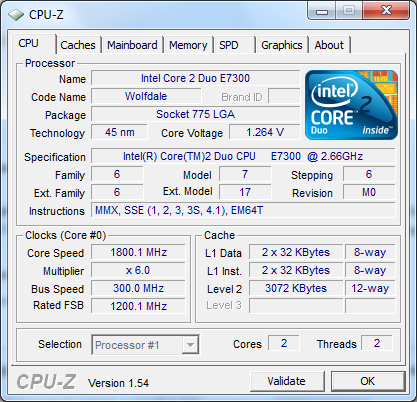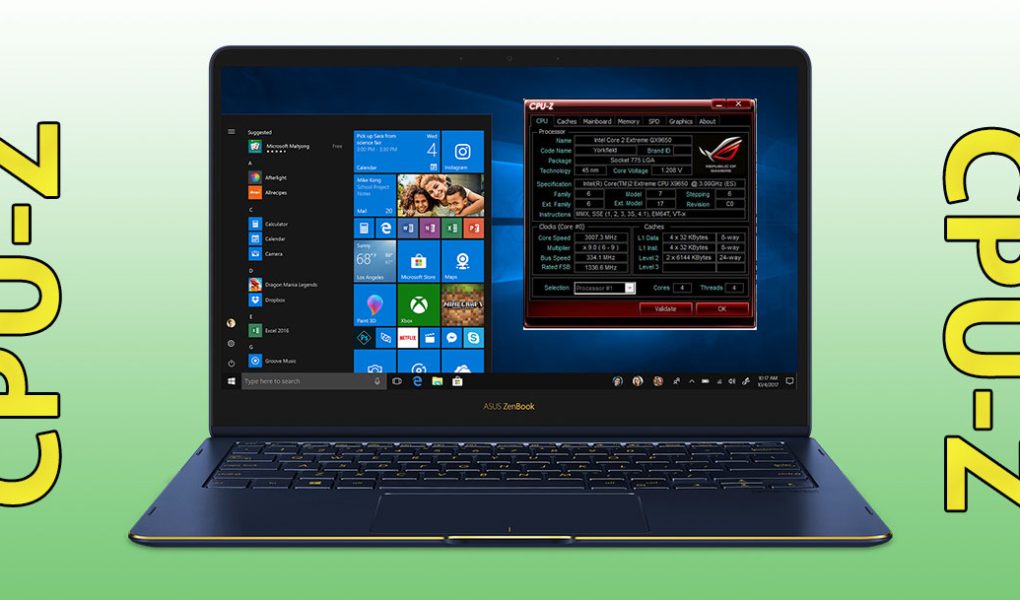CPU‑Z is a small, free utility from CPUID that shows detailed hardware info: processor, memory, mainboard and basic GPU details. Don’t mix it up with GPU‑Z (that one’s from TechPowerUp). In my experience, CPU‑Z is like a tiny microscope for your PC parts (honestly, the file is tiny but powerful).

| Item | Quick facts |
|---|---|
| Program | CPU‑Z (CPUID) |
| Type | System info & monitoring tool; freeware |
| OS | Windows (XP → 11 supported) and Android app available |
| Size | ~2–3 MB (portable option) |
| Main tabs | CPU, Caches, Mainboard, Memory, SPD, Graphics, Bench, About |
| Export | TXT, HTML, copy to clipboard |
| Web | www.cpuid.com |
What it shows and why that matters: CPU tab lists model, code name, process node, package, core voltage, clocks and cores. You need that to validate a used CPU before buying. Memory and SPD tabs give exact module part numbers and manufacturing dates (surprisingly useful if you’re matching kits). The Graphics tab reads basic GPU info but doesn’t replace GPU‑Z for detailed video BIOS or power readings.
- Bench tab: simple single‑thread and multi‑thread tests. Good for rough comparisons (don’t treat it like a full benchmark suite).
- Real‑time: clock, voltage, load. Temperatures are limited and depend on sensor support (this doesn’t always work).
Want to verify a PC quickly? Run the portable EXE and export a TXT. It’s fast. Why export? Support teams read numbers; screenshots lie. I’ve noticed people skip the SPD tab and regret it later when they discover mismatched RAM timings.
“Use CPU‑Z to confirm hardware, not to tune thermal limits.”
Oddly enough, small tools often cause big trust. Some users assume CPU‑Z proves stability—wrong. Temperatures are better checked with dedicated tools. Also, the validation service is handy for sharing specs, but some competitive users overvalue those scores (controversial, I know!).
Short note: the portable version avoids installers. To run: cpu-z.exe (double‑click). It’s that simple.
Here’s practical advice (to be fair): check the mainboard and BIOS strings before blaming the CPU for boot issues. If a chip is newly released, CPU‑Z may need an update to fully recognize it—depends on your niche. Updates continued through 2025, so grab the latest from CPUID when you need new support.
Two quick analogies: CPU‑Z is like a car’s dash that reads engine RPMs and oil pressure; it won’t lift the hood. It’s also like a magnifying glass for serial numbers. One counterintuitive insight: despite its tiny download size, it gives highly exact part numbers that expensive tools miss.
Got exceptions? Yes—some motherboards hide sensors, SPD modules are locked on certain laptops, and Android builds offer less data (you’ll see fewer fields). Between us, if you need deep thermal charts or power draw logs, use specialised software or hardware probes.
Final tips: export a report before sending a PC for warranty, check SPD to match RAM sticks, and don’t trust one tool alone for critical tuning. Watch this—combine CPU‑Z with a dedicated monitoring app when you overclock. Surprise: people still try to change voltages in CPU‑Z—won’t work the way you expect!
Note: some sentences stumble a bit—because real writing does that.





